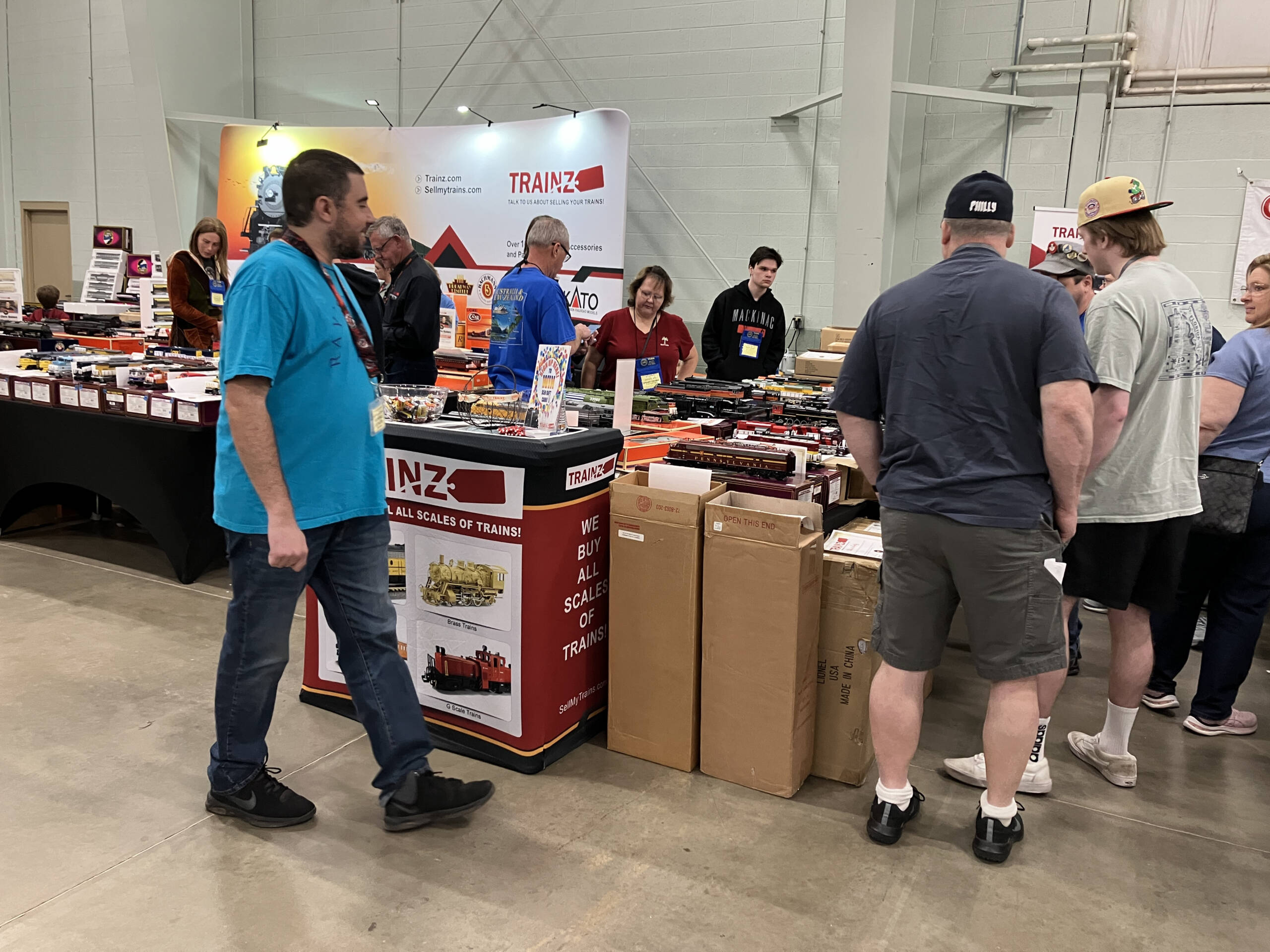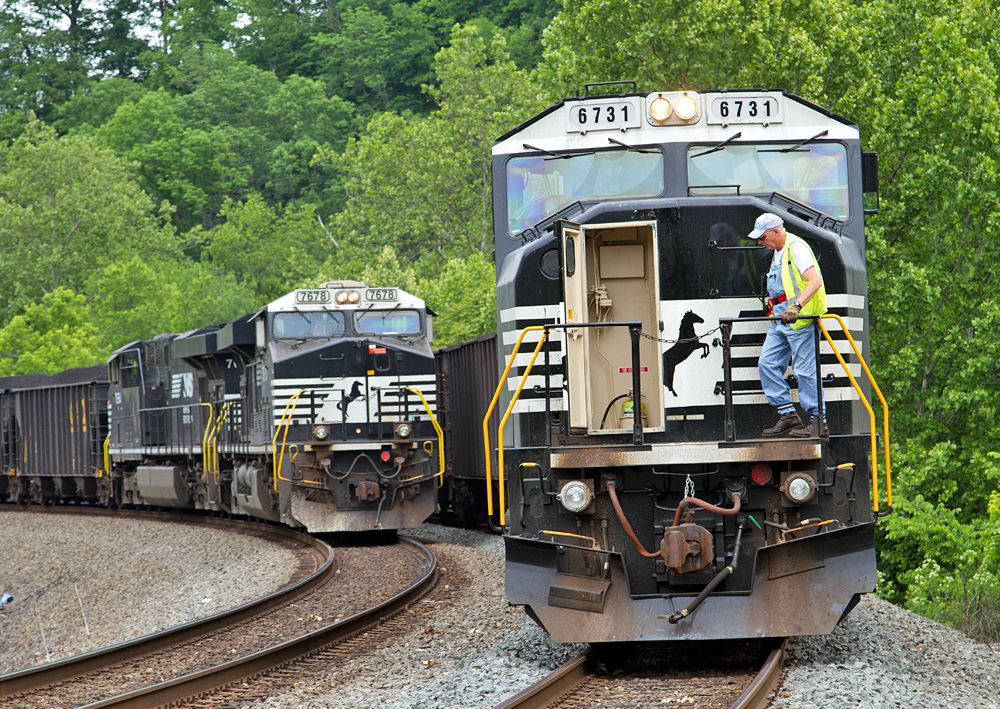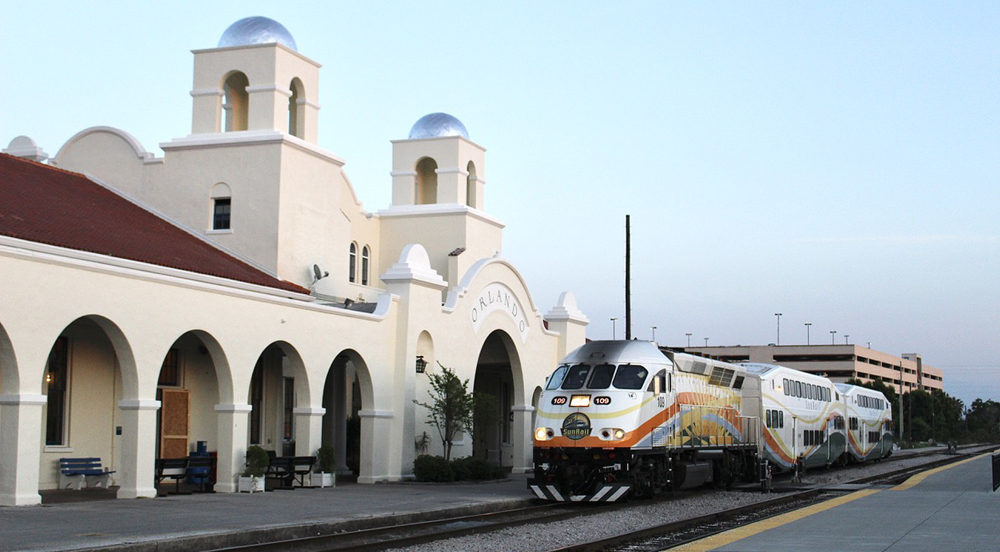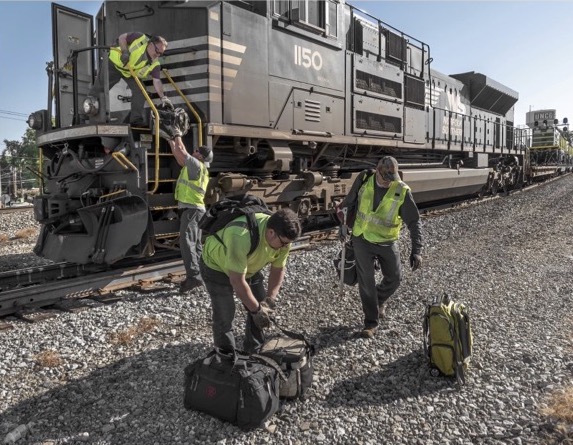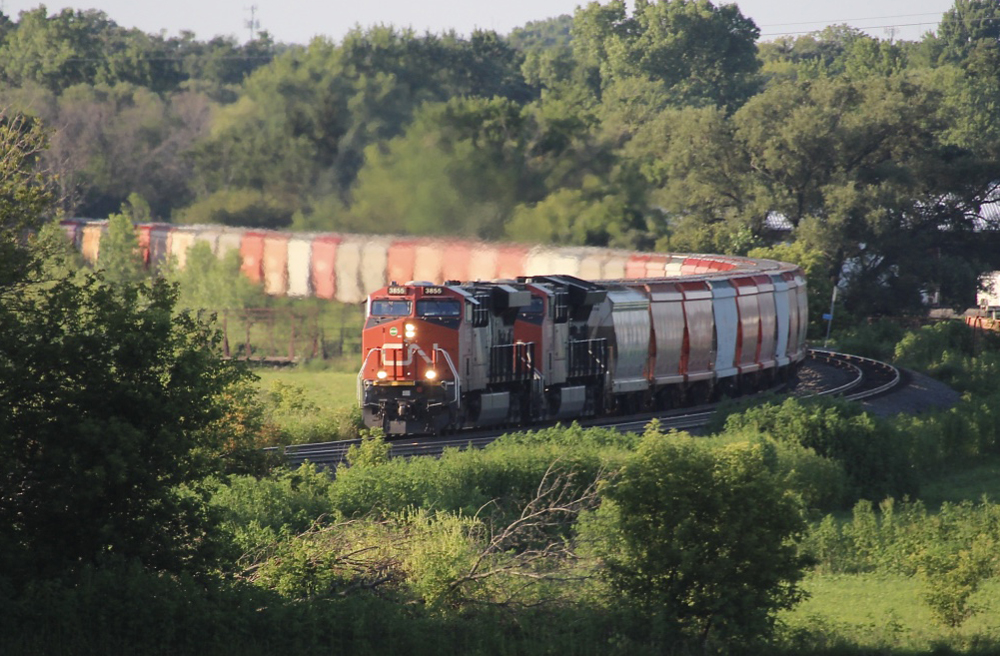
LAGUNA, Calif. — Canadian National CEO Tracy Robinson hopes U.S. railroads and their labor unions can reach a tentative contract deal and avoid a strike.
“We need to fix this labor situation down here in the United States,” she told an investor conference on Wednesday. “And it’s a critical one for all of us … No one wants a labor shutdown at all.”
But CN continues to put plans in place to bring its U.S. operations to an orderly shutdown if there is a strike or lockout, which could begin as soon as 12:01 a.m. on Friday if no agreement is reached. CN’s U.S. railroad subsidiaries are a part of the negotiations between the railroad industry and a dozen rail labor unions.
CN’s operations continue to improve under the railway’s new back-to-the-basics approach to railroading, which comes with a focus on making sure trains run to schedule every day, Robinson says.

Nearly 90% of CN’s trains depart on time, Robinson says, and cars are traveling an average of 212 miles per day, a figure not seen at CN since 2016. CN is adequately staffed to handle this year’s Canadian and U.S. grain crops, as well as strong volume growth that’s expected across the system for the rest of the year, she adds.
CN’s traffic is up 6% so far in the third quarter thanks to rising volumes of grain, petrochemicals, finished vehicles, and coal, Robinson says.
Container traffic through the Port of Halifax has grown 25% this year, Robinson says, enabling CN to sell out the second pair of daily intermodal trains that connect the Nova Scotia port with Montreal, Toronto, Detroit, and Chicago. The trains were launched in June.
Halifax has been gaining more import volume from Southeast Asia as U.S. ports on the West Coast and East Coast have experienced congestion. The pair of intermodal terminals at the port are now running at 60% of capacity, up from 50% in June. The port is well-positioned to continue to grow as a fast and efficient alternative to U.S. ports for freight bound for the Midwest, Ontario, and Quebec, Robinson says.
She spoke at Morgan Stanley’s 10th Annual Laguna Conference.






